History of the
EGIR Group
EGIR has
been in existence for around 14 years, so this is a good time to recall its
origins, particularly for newer members encouraged to participate in the group
because of interest in the RISC project and the EGIR publications. 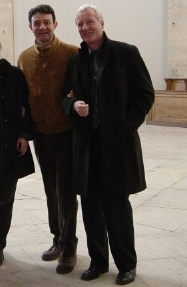
The first
meeting of the group was entitled an "Informal Meeting" and was held
during the EASD meeting in Prague
in September 1992. The meeting was supported by Lipha
(which became Lipha Santé, and now Merck Santé), and Christophe Pasik from Lipha wrote the Minutes. Present at the meeting were
Stefano del Prato, Johan
Eriksson, Eveline Eschwčge, Ele Ferrannini, Annick Fontbonne, Leif Groop, Rury Holman, Hans Janka, Markku Laakso, Hans Lithell,
André Scheen, Marja Riitta
Taskinen, Robert Turner, Ivana
Zavaroni as well as participants from Lipha:
Philippe André, Françoise Isnard and Christophe Pasik. Others
invited but who were not able to attend were Luc Van Gaal,
Paul McKeigh, Stephan Jacob and Peter Nilsson.
The
meeting lasted almost three hours, with the interest in pre-diabetes, insulin
resistance and the metabolic syndrome at that time, the participants considered
that there was an urgent need to define "insulin resistance".
The agreed objectives of the group were to discuss hypotheses, experience and
clinical ideas. It was decided to convene a formal meeting to be held at
the end of March in the following year.
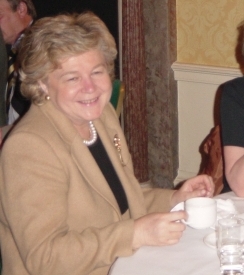 Annick Fontbonne,
along with Leif Groop and Christophe Pasik, organised the first formal meeting, at Le Château de
Maffliers near Paris,
in France.
Lipha sponsored the meeting and provided the
administrative support. There were 34 participants, and 16 abstracts
were presented. The plenary sessions involved Ele Ferrannini, Paul McKeigh and Ulf Smith on the "metabolic syndrome"
(and we still don"t know what it is), Stefano del Prato,
Robert Turner and André Scheen on "how to
measure insulin resistance", and Leif Groop, Robert Turner and Philippe
Froguel on "what predicts NIDDM".
Annick Fontbonne,
along with Leif Groop and Christophe Pasik, organised the first formal meeting, at Le Château de
Maffliers near Paris,
in France.
Lipha sponsored the meeting and provided the
administrative support. There were 34 participants, and 16 abstracts
were presented. The plenary sessions involved Ele Ferrannini, Paul McKeigh and Ulf Smith on the "metabolic syndrome"
(and we still don"t know what it is), Stefano del Prato,
Robert Turner and André Scheen on "how to
measure insulin resistance", and Leif Groop, Robert Turner and Philippe
Froguel on "what predicts NIDDM".
Since that first meeting EGIR has held a conference annually, with ad hoc committee meetings in between to
discuss possible projects in which different
research groups could participate. Lipha has
consistently provided the financial support for these meetings and until 1998
the administrative support. The idea of a common project crystallized in
part, with the proposal by Ele Ferrannini in 1995 to combine data on measures
of insulin resistance using the hyperinsulinaemic euglycaemic clamp. This was the start of the EGIR
clamp data set, in which observations were pooled from 21 different European centres on 1308 subjects,
and has produced 15 published papers (EGIR publications page). This research work has
provided a lot of visibility for the EGIR group within the scientific
community.

Following
discussions on the definition of the "metabolic syndrome", otherwise
known as the "insulin resistance syndrome" or in its original guise
as given by Reaven, "syndrome X", the EGIR
group criticized the syndrome definition published in 1998 by the WHO Expert
Committee on the "diagnosis and classification of diabetes". EGIR
proposed a more practical definition, following along the lines of the WHO
definition, and this has become known as the "EGIR" definition of the
metabolic syndrome. Subsequently there was a second data-pooling project,
where various members of the group calculated the prevalence of the syndrome in
their study cohorts, according to a written protocol. The wide variations in prevalence, not only of the syndrome but of its
component abnormalities, over European countries, and even within a given
country, was surprising.
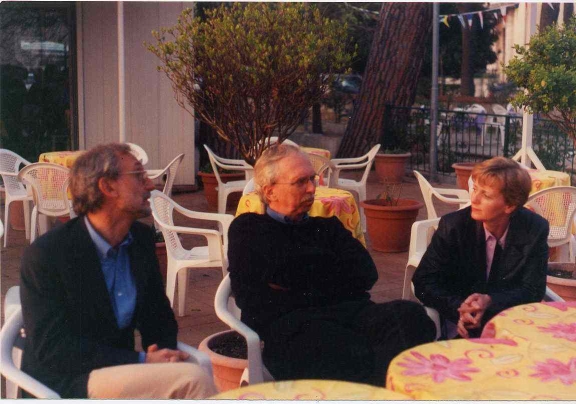 The success of
these data-pooling projects, which created the beginnings of a research
network, and because Sarah Hills (originally working on the journal Diabetologia) had remained in Pisa, meant that it was
feasible to plan a European project with a uniform protocol. Support for a secretariat
office was negotiated in 1998 with Lipha (Merck
Santé). An official constitution was then drawn up and accepted by the
membership at the meeting in Paris,
along with the election of a Steering Committee. Organization of annual
meetings could then be streamlined and initiatives to coordinate the group and
disseminate information (e.g. Newsletter) could be carried out. During 1998 and 1999 Christophe Hubert assumed responsibility for liaising
between the EGIR group and Lipha Santé in Lyon, this
continued until 2001 when Harry Howlett took over and has provided
collaboration from Merck Santé in the UK ever since. The membership list
was originally printed but has now gone online with the possibility to also
register for meetings online. Membership is informal since there is no
fee to join but new members are generally introduced by existing members, in
this way the membership grows steadily. Members are encouraged to submit
abstracts for presentation. The meetings have a reputation for excellent
presentations of state-of-the-art research in an informal atmosphere.
The success of
these data-pooling projects, which created the beginnings of a research
network, and because Sarah Hills (originally working on the journal Diabetologia) had remained in Pisa, meant that it was
feasible to plan a European project with a uniform protocol. Support for a secretariat
office was negotiated in 1998 with Lipha (Merck
Santé). An official constitution was then drawn up and accepted by the
membership at the meeting in Paris,
along with the election of a Steering Committee. Organization of annual
meetings could then be streamlined and initiatives to coordinate the group and
disseminate information (e.g. Newsletter) could be carried out. During 1998 and 1999 Christophe Hubert assumed responsibility for liaising
between the EGIR group and Lipha Santé in Lyon, this
continued until 2001 when Harry Howlett took over and has provided
collaboration from Merck Santé in the UK ever since. The membership list
was originally printed but has now gone online with the possibility to also
register for meetings online. Membership is informal since there is no
fee to join but new members are generally introduced by existing members, in
this way the membership grows steadily. Members are encouraged to submit
abstracts for presentation. The meetings have a reputation for excellent
presentations of state-of-the-art research in an informal atmosphere.
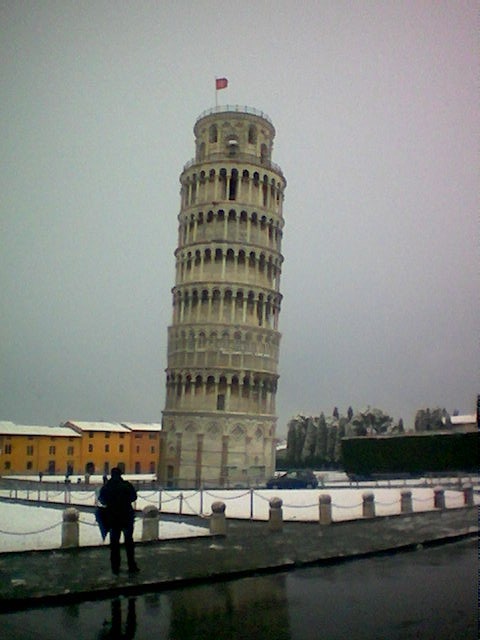 Because one of the main reasons to form
a more official group was to carry out a collaborative project, a Project
Committee was also elected (the origins of the present RISC Project Management
Board). This committee worked intensively between 1999 and 2002 on
preparation for the RISC project, holding meetings and contributing to an
extensive on-line debate about the different procedures, calling on the help of
experts outside the group when necessary. The membership of the committee
has evolved over the years, the original members were Beverley Balkau as Chairperson and Jacqueline Dekker
who prepared the original draft proposal for the group project. Also
involved in the project group at its inception were Knut
Borch-Johnson, Simon Coppack, and
Mina Mitrakou. Mark Walker later joined the group when Knut Borch-Johnson left along with Andrea Mari, who
proposed the mathematical modelling.
Because one of the main reasons to form
a more official group was to carry out a collaborative project, a Project
Committee was also elected (the origins of the present RISC Project Management
Board). This committee worked intensively between 1999 and 2002 on
preparation for the RISC project, holding meetings and contributing to an
extensive on-line debate about the different procedures, calling on the help of
experts outside the group when necessary. The membership of the committee
has evolved over the years, the original members were Beverley Balkau as Chairperson and Jacqueline Dekker
who prepared the original draft proposal for the group project. Also
involved in the project group at its inception were Knut
Borch-Johnson, Simon Coppack, and
Mina Mitrakou. Mark Walker later joined the group when Knut Borch-Johnson left along with Andrea Mari, who
proposed the mathematical modelling.
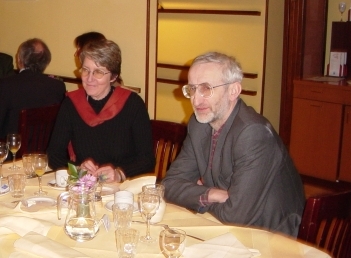 In January 1999 a number of potential
RISC project investigators met in London at the Whittington Hospital centre of Simon Coppack. The euglycaemic
clamp technique (as agreed upon by the EGIR group) was demonstrated by Andrea Natali and Stephanie Baldeweg,
and this was filmed to provide a visual record (on CD-ROM) of the clamp
procedure that is used in the RISC project.
In January 1999 a number of potential
RISC project investigators met in London at the Whittington Hospital centre of Simon Coppack. The euglycaemic
clamp technique (as agreed upon by the EGIR group) was demonstrated by Andrea Natali and Stephanie Baldeweg,
and this was filmed to provide a visual record (on CD-ROM) of the clamp
procedure that is used in the RISC project.
Following an initial
unsuccessful attempt to be financed by the European Commission in 1999, the
comments from the referees were considered and a visit by Beverley Balkau, Jacqueline Dekker and Sarah Hills,
was made to the research directorate of the Commission in Brussels. The protocol was extensively
rewritten following advice from an expert on the EU research frameworks from London University
. A more complete version of the project was submitted in October
2000. This was successful and the project was financed, with about 50%
of the funding necessary to do 1500 clamps in 20 centres across Europe, fortunately additional financial support was
agreed with the European pharmaceutical company AstraZeneca.
The RISC project completed recruitment on late 2004 and is in process of
completing year 3 follow up (December 2007).
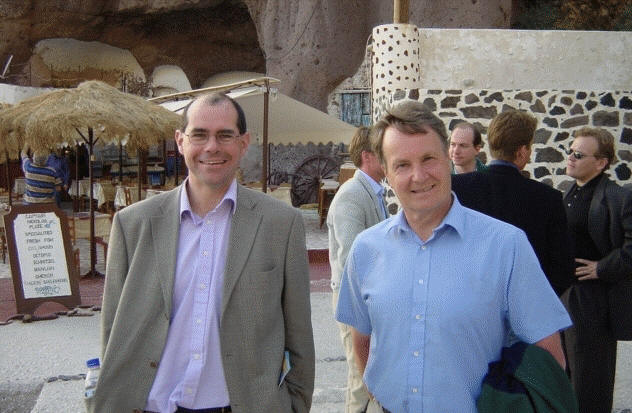 The RISC coordinating office is
located at the EGIR secretariat with two staff (Lucrecia Mota
recently joined the team) and there is a data management centre in Villejuif ( Beverley Balkau).
The format of the EGIR meetings was adapted in Amsterdam in 2004 to include the RISC
project, which was well received and shall continue in a similar fashion.
The RISC coordinating office is
located at the EGIR secretariat with two staff (Lucrecia Mota
recently joined the team) and there is a data management centre in Villejuif ( Beverley Balkau).
The format of the EGIR meetings was adapted in Amsterdam in 2004 to include the RISC
project, which was well received and shall continue in a similar fashion.
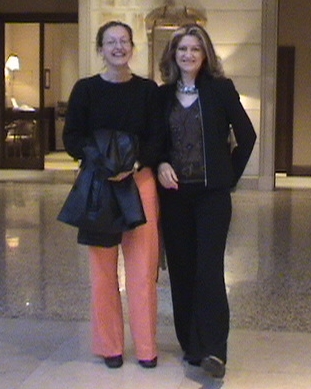 For the members of the RISC project, this is history and we hope that
this project will be followed by other projects where those who do not have access to clinical
facilities may participate. The establishment of the EGIR network means
that there are now communication pathways, both traditional and using website
technology, for development of ideas and creation of new research
collaborations particularly relevant in the light of recent controversy over
definitions of the metabolic syndrome.
For the members of the RISC project, this is history and we hope that
this project will be followed by other projects where those who do not have access to clinical
facilities may participate. The establishment of the EGIR network means
that there are now communication pathways, both traditional and using website
technology, for development of ideas and creation of new research
collaborations particularly relevant in the light of recent controversy over
definitions of the metabolic syndrome.
Article by Beverley
Balkau and Sarah
Hills (July 2004)
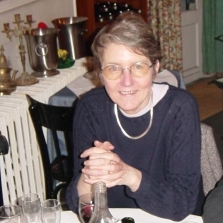 1998 Paris – France
1998 Paris – France
- I. Juhan-Vague
(France) Fibrinolytic
factors involved in insulin resistance
- M. Marre (France)
Microalbuminuria
and insulin resistance
-
J.-P. Després (Canada) The
atherogenic lipoprotein phenotype of insulin
resistance: are small density LDL particles an independent IHD risk
factor?
- M. Bots (NL) Measuring
inter-media thickness
- M. Pugeat
(France)
Insulin sensitizing agents in the polycystic ovarian syndrome
The programme in 1998 included Jacqueline
Dekker who presented a proposal for the group project and first suggested the
RISC acronym. EGIR became "official" and a Steering Committee
and Project Committee were elected.
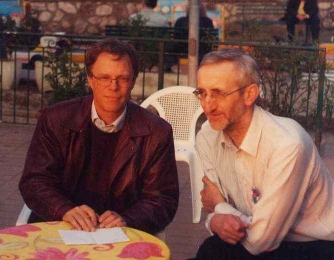 1999 Forte dei
Marmi - Italy
1999 Forte dei
Marmi - Italy
- M. Laville (France)
Molecular biology of insulin resistance
- P. Arner (Sweden) Adipose tissue
metabolism and insulin resistance
- D. Phillips (UK)
Birth weight as a marker of disease
- O. Hother-Nielsen (DK) Hepatic insulin resistance: sites and
mechanisms
- H. Galbo (DK) Insulin and physical
activity
- J. Pickup (UK)
Insulin, inflammation and atherosclerosis
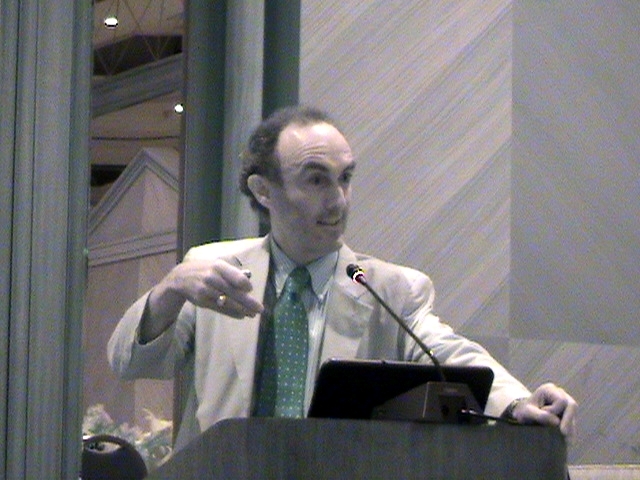 2001 Göteborg
– Sweden
2001 Göteborg
– Sweden
- U. Smith (Sweden) PPAR-gamma agonists: mechanisms and effects
- M. Walker (UK) PPAR-gamma and IGT
- J. Nolan (Ireland) Current and future
clinical indications for TZD
- O. Wiklund (Sweden) Inflammation
markers of atherosclerosis
- L Groop (Sweden) Genetic
variation in the PPAR-gamma gene
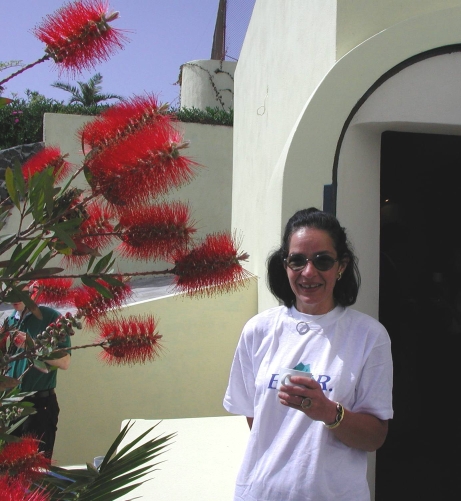 2002 Santorini
- Greece
2002 Santorini
- Greece
- M. Kambouris (USA)
Genetics of insulin resistance.
- M. Roden (Austria) Free fatty acids and
pathogenesis of insulin resistance.
- R.A. De Fronzo (USA) Treatment of insulin
resistance: metabolic and cardiovascular implications.
- H. Vlassara (USA) AGEs
in insulin resistance.
- Stefanadis (Greece)
Are diabetic vessels hot?
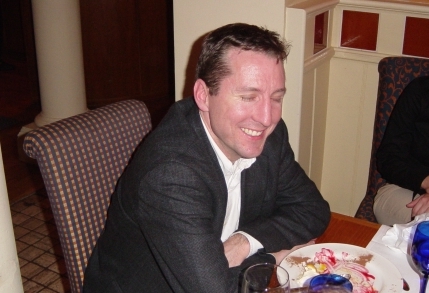 2003 Dublin
- Ireland
2003 Dublin
- Ireland
-
J. Zierath (Sweden)
Validation of novel targets for insulin resistance in type 2 diabetes patients
-
D. O"Gorman (Ireland) Mechanisms
of improved insulin sensitivity in obesity and type 2 diabetes with acute
exercise and training
-
R. Wilson (Scotland) Genetics of human
obesity/ response to physical activity
-
M. Byrne (Germany) MODY, clinical and
mechanistic aspects
-
S. McQuaid (Ireland) Early onset type 2 diabetes in Europe
-
A. Natali (Italy)
Insulin resistance and endothelial dysfunction
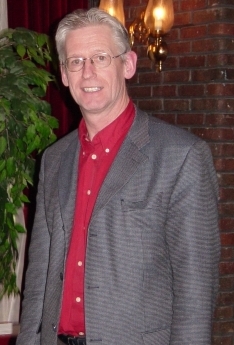 2004 Amsterdam
- Netherlands
2004 Amsterdam
- Netherlands
- P. Grant (UK)
Insulin resistance and the atherothrombotic syndrome
- C.D.A. Stehouwer (Netherlands) Can
microcirculatory dysfunction cause insulin resistance?
- J.A. Romijn (Netherlands) Modulation of
insulin sensitivity
Also
included were some talks on the RISC project preliminary data analyses
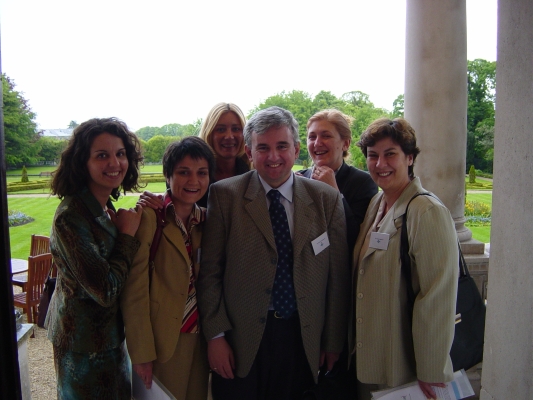 2005 Belgrade
- Serbia and Montenegro
2005 Belgrade
- Serbia and Montenegro
-M. Laakso (
Finland)
Genetic determinants of atherosclerotic vascular disease: an overview
-M. Walker (
UK) Genetic
determinants of the features of the insulin resistance syndrome: heritability
estimates from family studies
-J. Petrie ( Scotland) Can
proteomics identify the key determinents of atherosclerosis progression?
-A. Fyvbjerg ( Denmark)
Adiponectin in insulin resistance, diabetes and
cardiovascular diseases
-M. Ostojic (Serbia )
Progression of coronary artery disease: a cardiologist view
-A. Mari ( Italy)
In praise of the ogtt: a fair method for assessing
insulin sensitivity and beta-cell function
-J. Nolan (
Ireland)
Insulin resistance and diabesity in youth
-V.S. Kostic ( Serbia
)
Metabolic diseases of the brain: a neurologist view
Debate: Overlap
between hypertension and diabetes treatment: myth or reality? Between Peter
Nilsson and Andrea Natali
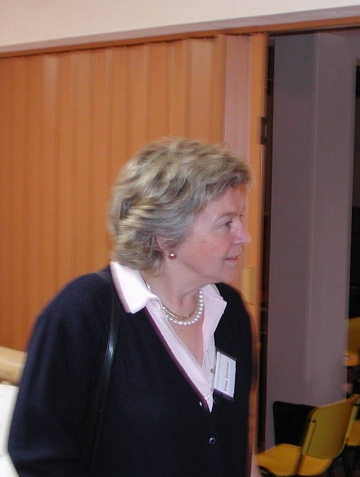 2006 Parma - Italy
2006 Parma - Italy
-G.
Reaven (USA)
Insulin resistance, the link between obesity and CVD: not all obese persons are
created equal
-MR
Taskinen (Finland) Clinical strategies to treat lipid
abnormalities
-A.
Avogaro (Padova) Oxidative stress
-J.
Petrie (UK) Vascular reactivity
-M.Trovati
((Italy) Vascular cells
-S.
Del Prato (Italy) Beta cell a site of insulin resistance
-P.
Marchetti (Italy) Beta cell function in type 2 diabetes
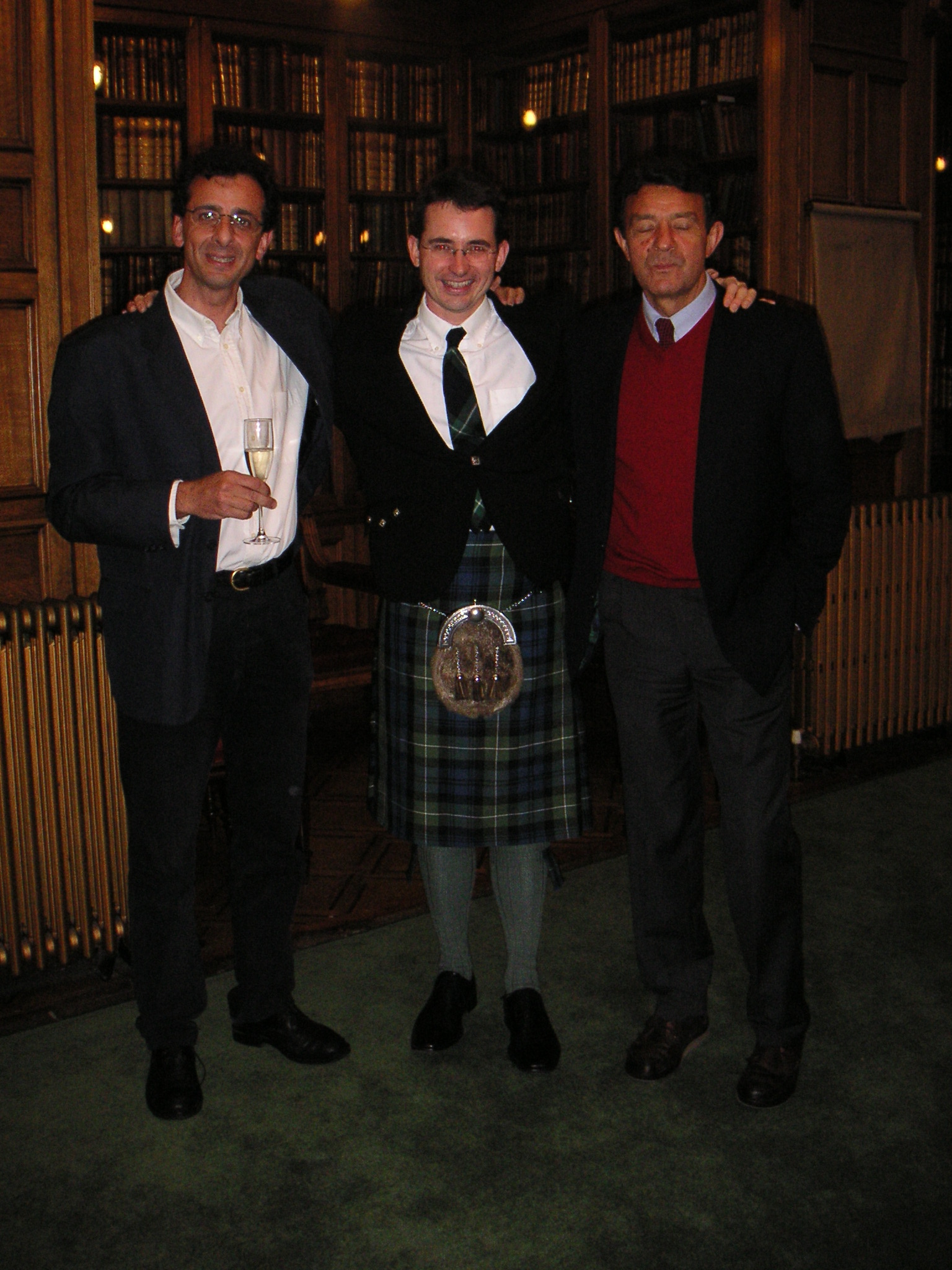 2007 Edinburgh - Scotland
2007 Edinburgh - Scotland
-C.Sutherland (UK)
Studying Insulin signalling in human muscle to identify new treatment targets
-J. Gill (UK)Exercise,
Metabolism amd insulin sensitivity
-B. Walker ( UK) Glucocorticoids
and insulin resistance
-N. Sattar (
UK) Insulin
resistance/metabolic syndrome in type 1 diabetes
-G. Hardie ( UK ) AMPK, metformin and isulin sensitivity
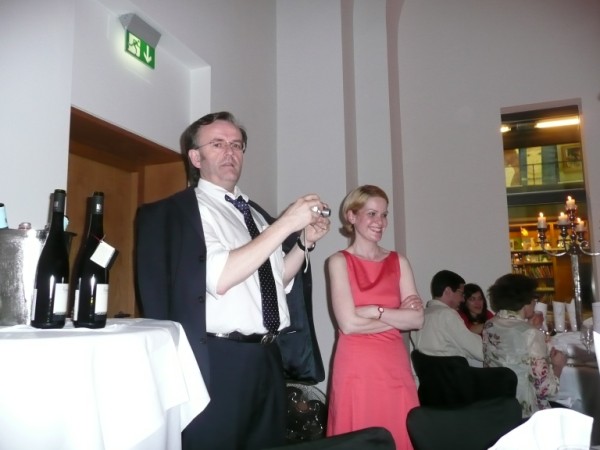 2008
Frankfurt - Germany
2008
Frankfurt - Germany
-T. Harder
(Germany)
Perinatal programming
H. Böhles, (Germany)
Metabolic Syndrome in childhood
J.Dötsch, (Germany)
Perinatal
Deficiency and Overload: Consequences for Glucose Homeostasis and Neurological
Outcome
M. Sitzer (Germany)
How much IMT is necessary to get a stroke
I.Harsch (Germany)
Sleeping and insulin resistance
B.Schultes, (Switzerland)
Insulin resistance of the
brain
A.Pfützner
(Germany)
Sense and non-sense of surrogates in cardio-metabolic research
M. Stockmann (Germany)
Liver function not immunosuppression determines
glucose tolerance in living-donor liver transplantation (LD-LTX)
N. Marx (Germany)
Insulin resistance and the arterial wall
C. Anderwald (Austria)
Clamp-like index: a novel, highly sensitive insulin sensitivity index...
K. Winkler (Germany)
The effect of Fenofibrate
and Atorvastatin in patients with type 2 diabetes.
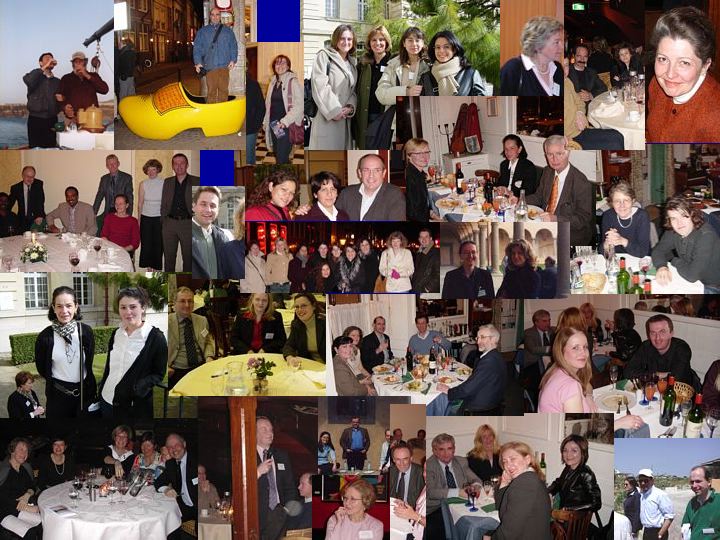
![]()
![]() Annick Fontbonne,
along with Leif Groop and Christophe Pasik, organised the first formal meeting, at Le Château de
Maffliers near
Annick Fontbonne,
along with Leif Groop and Christophe Pasik, organised the first formal meeting, at Le Château de
Maffliers near ![]()
![]() The success of
these data-pooling projects, which created the beginnings of a research
network, and because
The success of
these data-pooling projects, which created the beginnings of a research
network, and because ![]() Because one of the main reasons to form
a more official group was to carry out a collaborative project, a Project
Committee was also elected (the origins of the present RISC Project Management
Board). This committee worked intensively between 1999 and 2002 on
preparation for the RISC project, holding meetings and contributing to an
extensive on-line debate about the different procedures, calling on the help of
experts outside the group when necessary. The membership of the committee
has evolved over the years, the original members were
Because one of the main reasons to form
a more official group was to carry out a collaborative project, a Project
Committee was also elected (the origins of the present RISC Project Management
Board). This committee worked intensively between 1999 and 2002 on
preparation for the RISC project, holding meetings and contributing to an
extensive on-line debate about the different procedures, calling on the help of
experts outside the group when necessary. The membership of the committee
has evolved over the years, the original members were ![]() In January
In January ![]() The RISC coordinating office is
located at the EGIR secretariat with two staff (Lucrecia Mota
recently joined the team) and there is a data management centre in Villejuif (
The RISC coordinating office is
located at the EGIR secretariat with two staff (Lucrecia Mota
recently joined the team) and there is a data management centre in Villejuif ( ![]() For the members of the RISC project, this is history and we hope that
this project will be followed by other projects where those who do not have access to clinical
facilities may participate. The establishment of the EGIR network means
that there are now communication pathways, both traditional and using website
technology, for development of ideas and creation of new research
collaborations particularly relevant in the light of recent controversy over
definitions of the metabolic syndrome.
For the members of the RISC project, this is history and we hope that
this project will be followed by other projects where those who do not have access to clinical
facilities may participate. The establishment of the EGIR network means
that there are now communication pathways, both traditional and using website
technology, for development of ideas and creation of new research
collaborations particularly relevant in the light of recent controversy over
definitions of the metabolic syndrome.![]() 1998 Paris –
1998 Paris – ![]() 1999 Forte dei
Marmi -
1999 Forte dei
Marmi - ![]() 2001 Göteborg
–
2001 Göteborg
– ![]() 2002 Santorini
-
2002 Santorini
- ![]() 2003
2003 ![]() 2004
2004 ![]() 2005
2005 ![]() 2006
2006 ![]() 2007
2007 ![]() 2008
2008
![]()